Celtic myths and folklore are filled with enchanting stories, legendary creatures, and ancient traditions that have captivated people for centuries. These tales, passed down through generations, offer a glimpse into the beliefs and values of the Celtic people. In this article, we’ll explore some of the most fascinating tidbits from this rich and mystical heritage.
The Triple Goddess
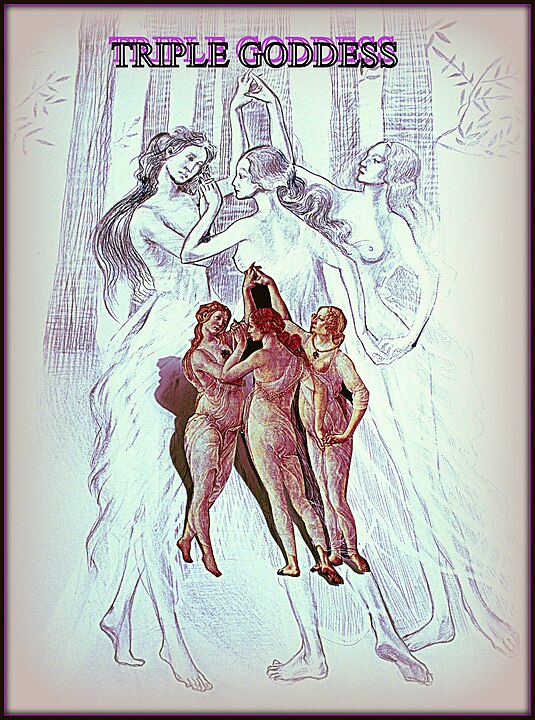
The Triple Goddess, often depicted as Maiden, Mother, and Crone, represents the three stages of a woman’s life and is central to Celtic mythology. This trinity reflects the cycles of nature, symbolizing birth, growth, and death. Each aspect of the goddess embodies different attributes—youthful energy, nurturing care, and wisdom—which are revered in various Celtic traditions. The Triple Goddess’s influence is seen in numerous deities across different Celtic cultures, showcasing the deep connection between femininity and the natural world.
The Morrigan
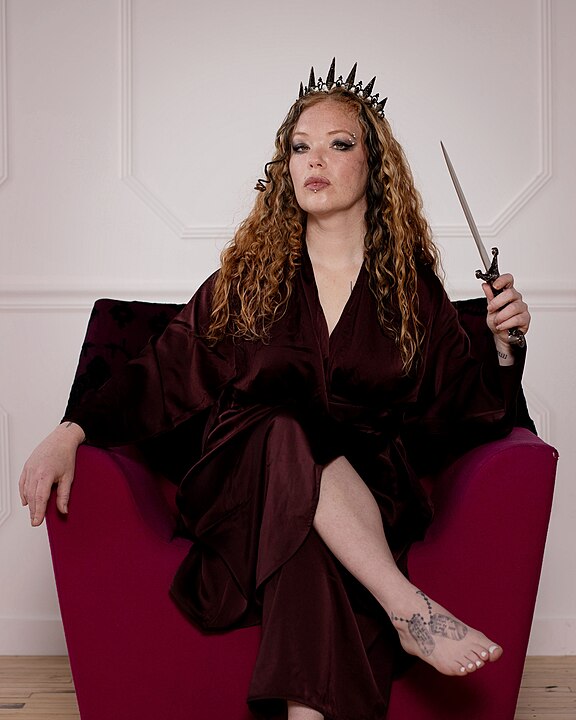
The Morrigan is a powerful and complex deity often associated with war, fate, and death. She is sometimes seen as a single goddess and other times as a trio of sisters. Her role in battle as a harbinger of doom and her ability to shape-shift into a crow adds a layer of mystery and fear to her character. The Morrigan’s presence in myths highlights the Celtic understanding of the chaotic and transformative power of war and death.
The Tuatha Dé Danann
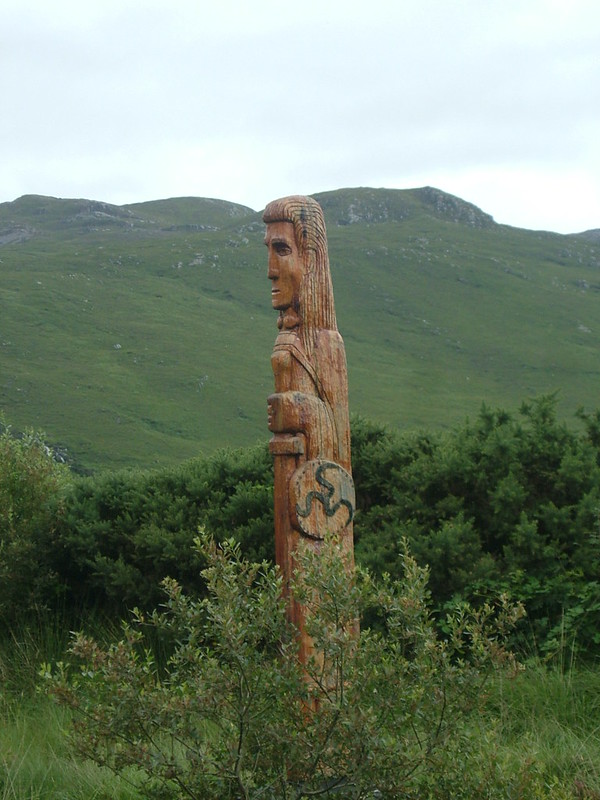
The Tuatha Dé Danann are a race of god-like beings who are central to Irish mythology. They are often portrayed as skilled in magic, arts, and warfare, representing the pinnacle of ancient Celtic civilization. Their battles with the Fomorians, another supernatural race, symbolize the struggle between order and chaos. The Tuatha Dé Danann’s eventual retreat into the underground world is believed to explain the origin of the Sidhe, or fairies.
The Druidic Tradition
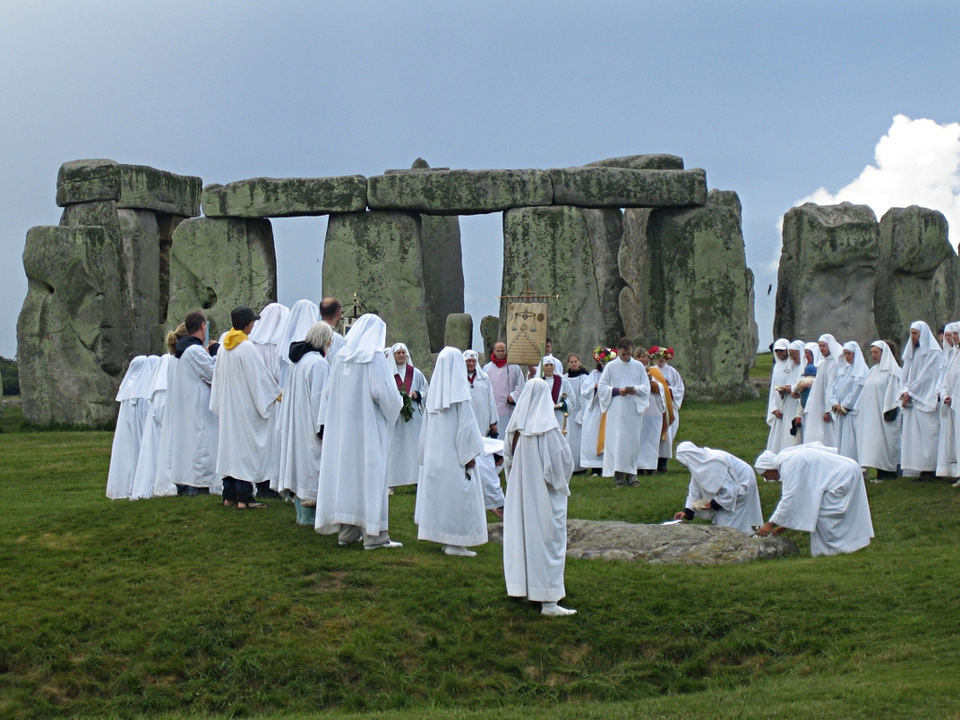
Druids were the priestly class in Celtic society, revered for their wisdom, knowledge of the natural world, and connection to the divine. They served as judges, teachers, and advisors, playing a crucial role in maintaining the spiritual and social order. The Druids’ practices, including divination, ritual sacrifices, and the veneration of sacred groves, underscore the deep connection between the Celts and nature.
Cú Chulainn
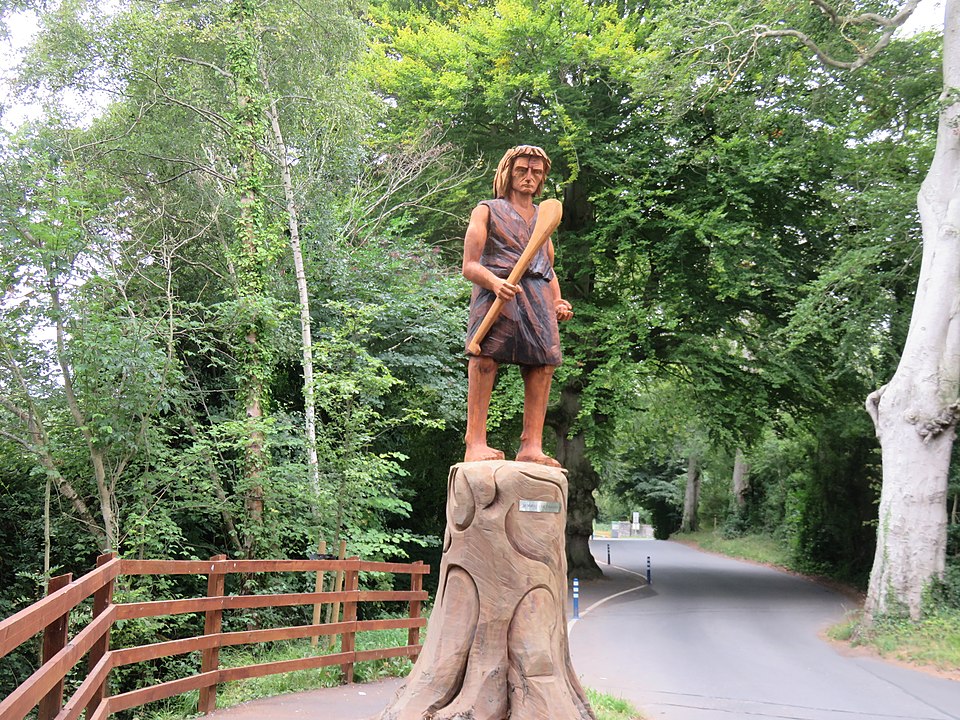
Cú Chulainn is one of the most famous heroes in Irish mythology, known for his superhuman strength and warrior skills. His tragic story, which includes his death at a young age, reflects the Celtic ideal of the heroic warrior who faces inevitable doom with courage. Cú Chulainn’s tale, especially his defense of Ulster, is a vivid example of the themes of honor, loyalty, and the tragic hero that pervade Celtic myths.
The Banshee
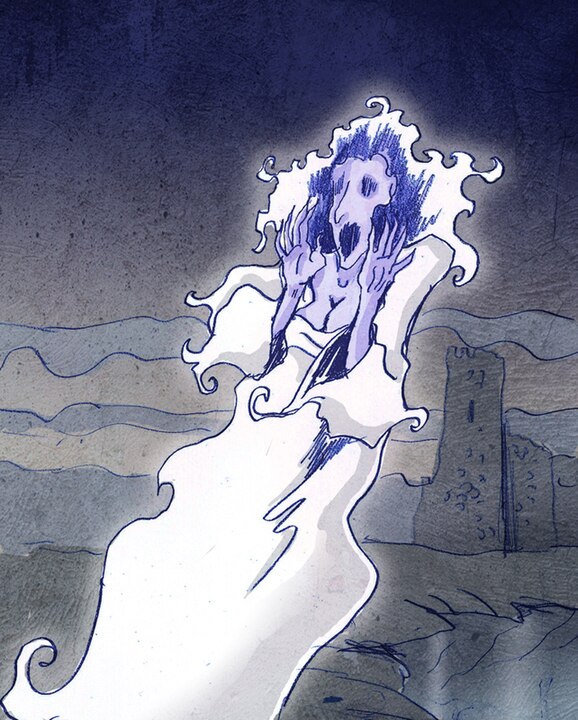
The Banshee is a female spirit in Irish folklore whose wail is believed to foretell the death of a family member. Often depicted as an old woman with long, flowing hair, she is a harbinger of doom, embodying the Celtic fear and reverence for death. The Banshee’s connection to specific families, known as the “septs,” adds a personal and communal dimension to the myth, reflecting the close-knit nature of Celtic society.
The Otherworld
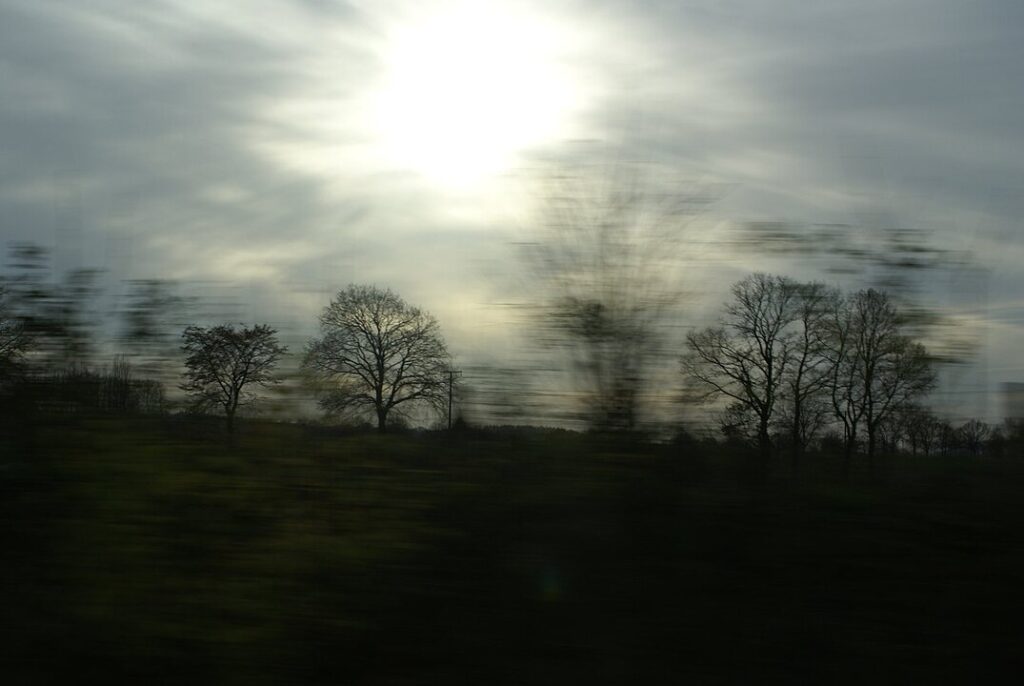
The Otherworld in Celtic mythology is a supernatural realm inhabited by deities, spirits, and the souls of the dead. It is often described as a paradise, full of eternal youth, beauty, and abundance. Access to the Otherworld is believed to be through mystical locations, such as burial mounds or lakes. This concept reflects the Celtic belief in a world beyond the physical, where the spiritual and the material are deeply interconnected.
Lugh, the God of Light
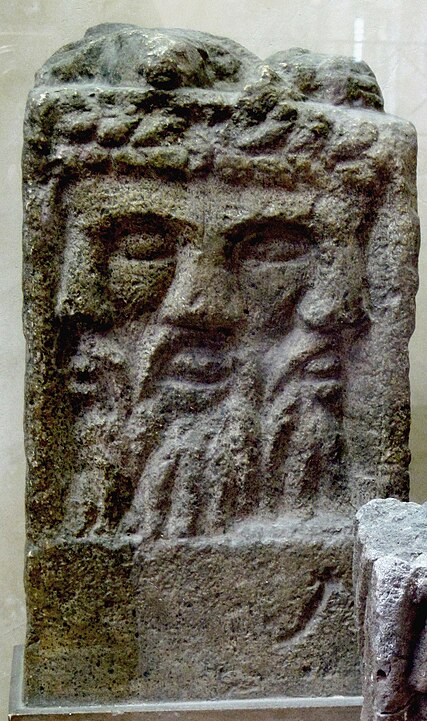
Lugh is a prominent deity in Celtic mythology, often associated with light, craftsmanship, and warfare. Known for his many skills, Lugh is sometimes referred to as the “Shining One” and is celebrated during the festival of Lughnasadh, marking the beginning of the harvest season. His role as a god of both war and peace underscores the duality of his nature and his importance in Celtic culture as a symbol of balance and prosperity.
Samhain
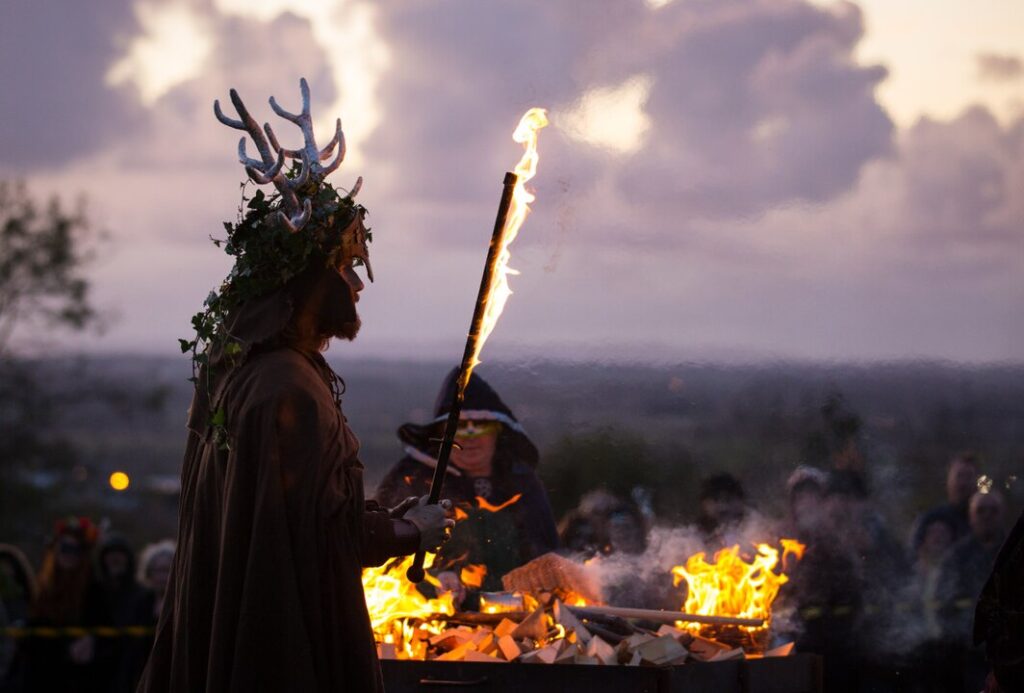
Samhain is an ancient Celtic festival that marks the end of the harvest and the beginning of winter. It is considered one of the most important festivals in Celtic culture, as it is believed to be a time when the veil between the physical world and the Otherworld is at its thinnest. This liminal period allows spirits and ancestors to visit the living, leading to customs that have evolved into modern Halloween traditions.
The Sacred Oak
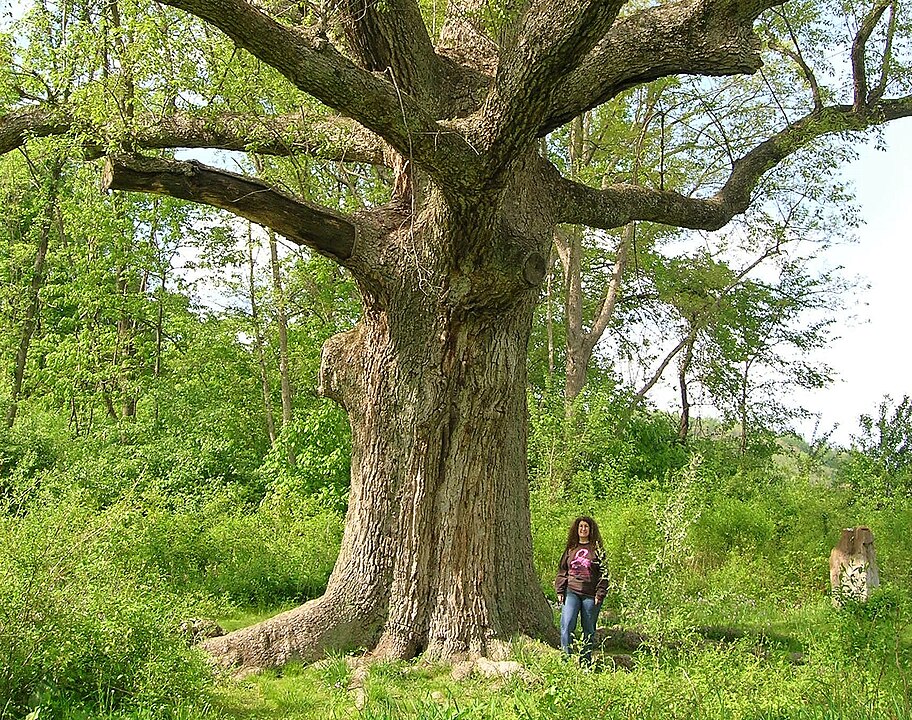
The oak tree held great significance in Celtic culture, symbolizing strength, endurance, and wisdom. It was considered sacred, often associated with the Druids, who performed rituals in oak groves. The oak’s connection to the gods and its role as a bridge between the heavens and the earth reflect the deep reverence the Celts had for nature and the spiritual power they believed resided within it.
The Salmon of Knowledge
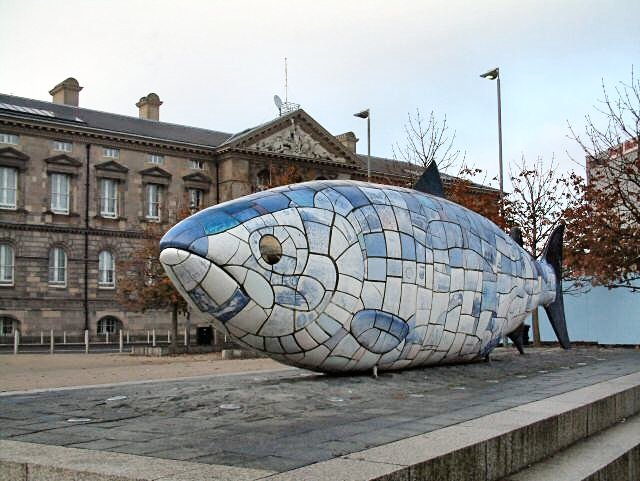
The Salmon of Knowledge is a mythical creature in Irish folklore, associated with wisdom and prophecy. According to legend, whoever eats the salmon will gain all the knowledge in the world. This story reflects the Celtic belief in the sacredness of certain animals and the idea that wisdom and knowledge are gifts from the divine, to be earned through patience and dedication.
Brigid, the Triple Goddess
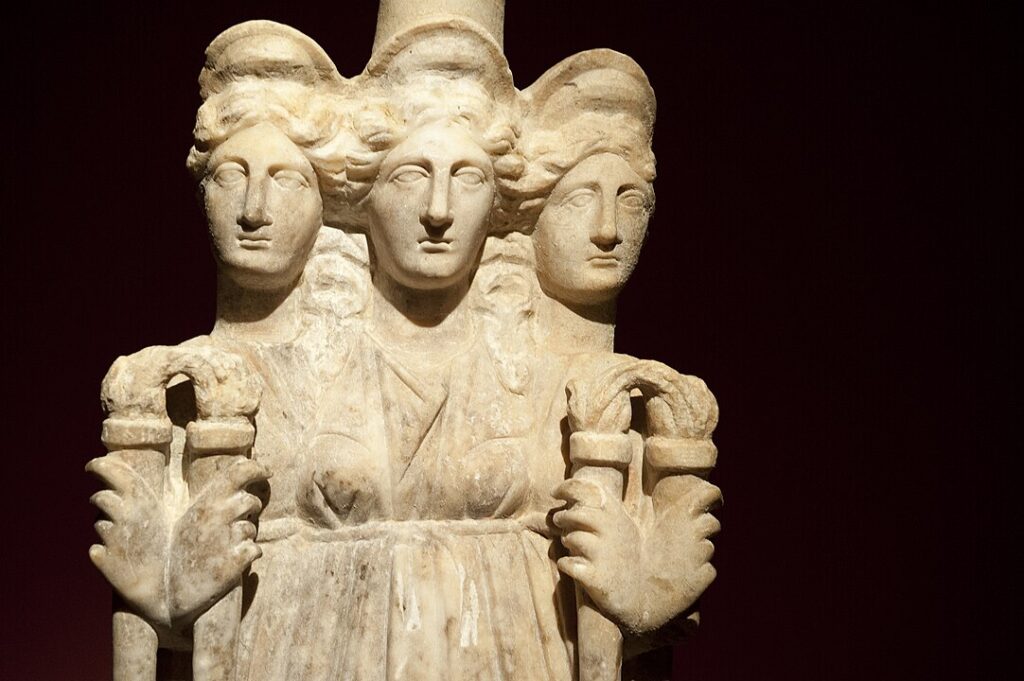
Brigid is one of the most beloved figures in Celtic mythology, known as a goddess of healing, poetry, and smithcraft. She is often depicted as a triple goddess, representing different aspects of life, including birth, inspiration, and fire. Brigid’s festival, Imbolc, marks the beginning of spring and celebrates fertility, creativity, and renewal, making her a symbol of hope and life.
The Green Man
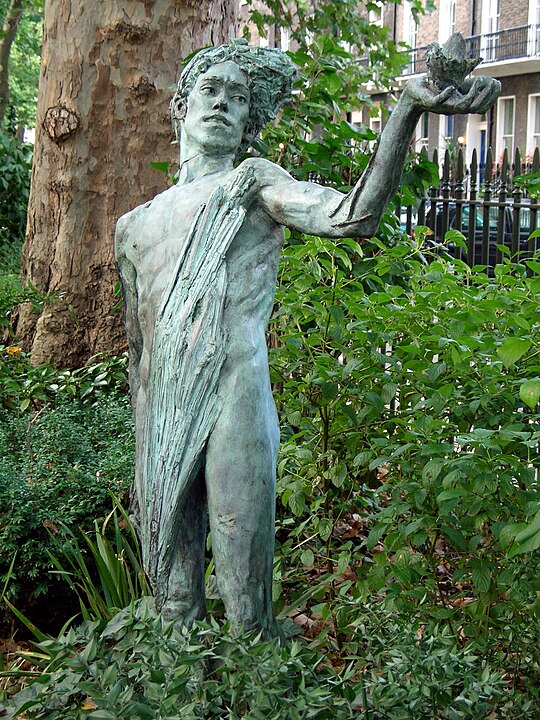
The Green Man is a symbol of rebirth, representing the cycle of growth each spring. He is often depicted as a face surrounded by or made from leaves. While not exclusive to Celtic mythology, the Green Man appears in many Celtic cultures, where he embodies the connection between humans and nature. His image, often found in ancient churches and carvings, highlights the deep respect the Celts had for the natural world.
The Tír na nÓg

Tír na nÓg, or the “Land of Youth,” is a mythical paradise in Celtic mythology, where time stands still, and inhabitants never age. It is often described as a place of eternal beauty, happiness, and abundance, accessible only to those chosen by the gods or through acts of great heroism. The concept of Tír na nÓg reflects the Celtic yearning for a life free from the hardships of the mortal world, embodying the ideal of an eternal, blissful existence.
The Celtic Cross
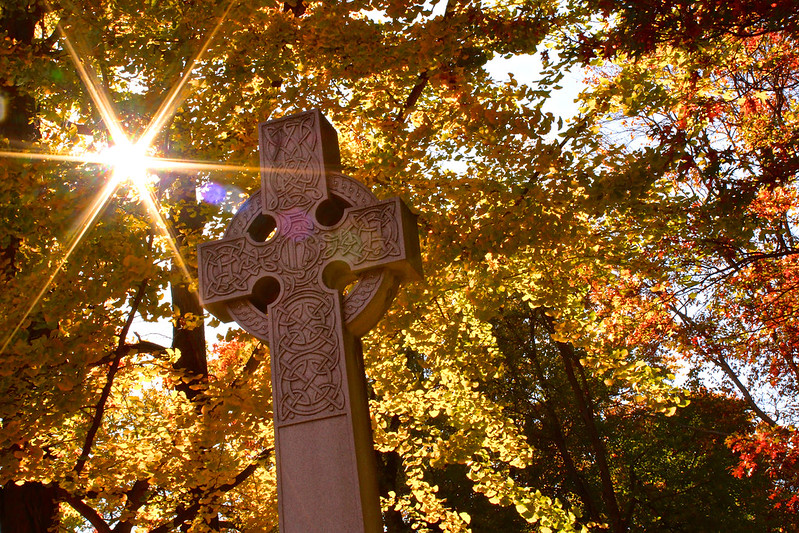
The Celtic Cross is a symbol that combines a traditional Christian cross with a ring surrounding the intersection. This unique design is believed to have originated in Ireland, blending Christian and pagan symbolism. The ring is often interpreted as a symbol of eternity or the sun, reflecting the integration of ancient Celtic beliefs with Christian teachings. The Celtic Cross remains a powerful symbol of faith and heritage, widely recognized today.
The Book of Kells
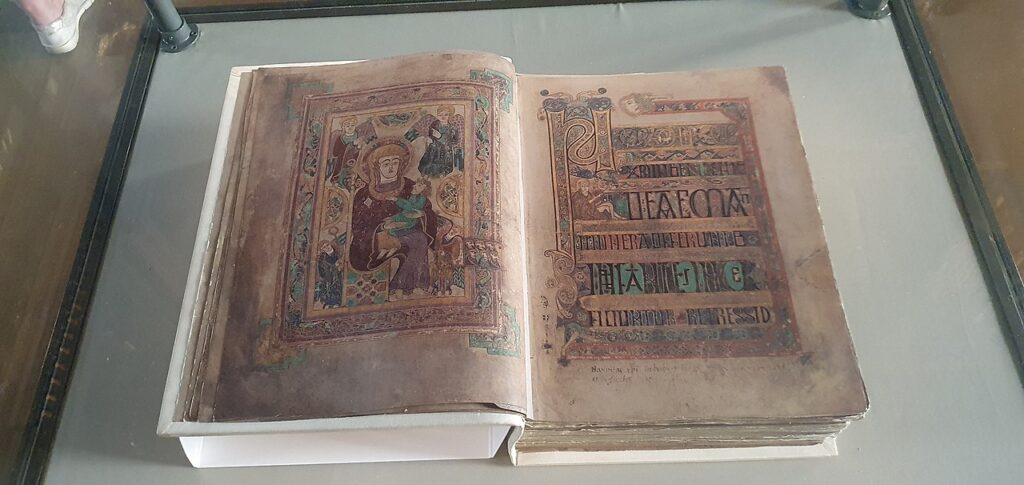
The Book of Kells is an illuminated manuscript created by Celtic monks around the 9th century. It is renowned for its intricate artwork, which includes elaborate knotwork, animal motifs, and vibrant colors. The Book of Kells is considered one of the greatest masterpieces of medieval art, reflecting the Celtic tradition of intricate design and the importance of preserving religious texts. It also highlights the blending of Christian and Celtic cultures.
The Púca

The Púca is a shape-shifting spirit in Celtic folklore, known for its mischievous and sometimes malevolent nature. It can take various forms, including animals like horses, goats, and rabbits. The Púca’s unpredictable behavior, ranging from playing harmless pranks to leading travelers astray, embodies the Celtic belief in the capriciousness of the supernatural world. Despite its trickster nature, the Púca is also seen as a guardian of nature, maintaining balance in the wild.
The Legend of the Selkie
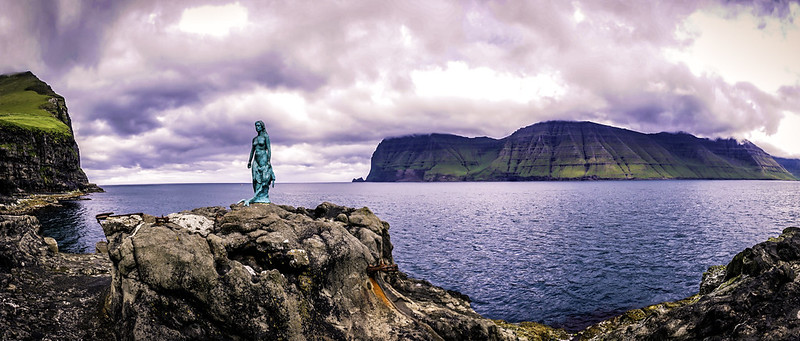
Selkies are mythical creatures found in Scottish and Irish folklore, known for their ability to transform from seals into humans. The legend of the Selkie often revolves around themes of love, loss, and longing, as they are said to marry humans but always yearn to return to the sea. This myth highlights the Celtic connection to the ocean and the idea of transformation, reflecting the fluid boundaries between the human and animal worlds in Celtic beliefs.
Ogham Script
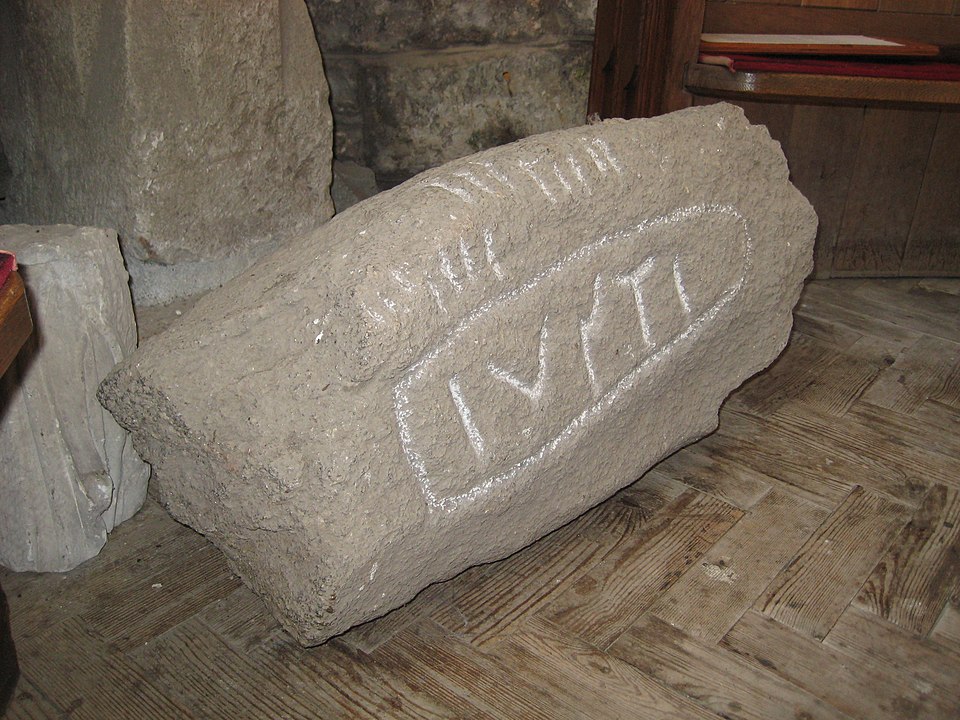
Ogham is an ancient alphabet used by the Celts, primarily carved into stones and wood. Each character of the Ogham script represents a specific tree, reflecting the deep connection between the Celts and the natural world. Ogham was not only a means of communication but also held spiritual significance, often used in rituals and for divination. The preservation of Ogham inscriptions provides valuable insights into early Celtic language, culture, and beliefs.
The Dullahan
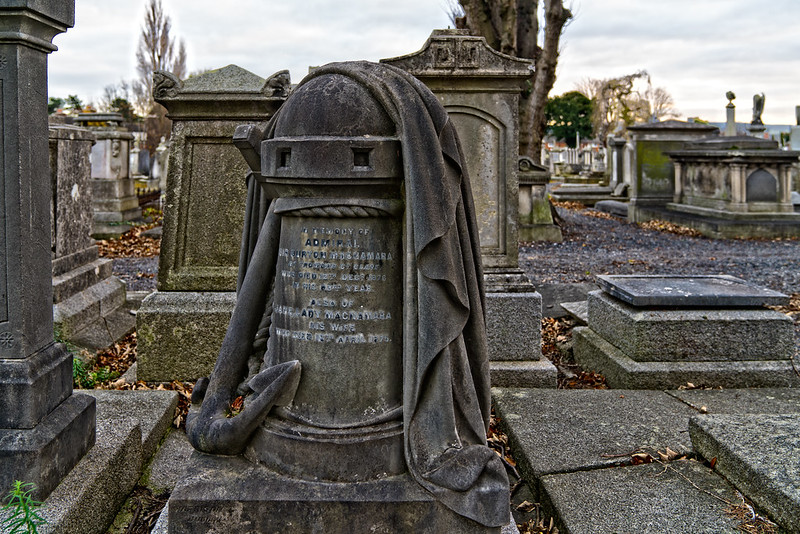
The Dullahan is a headless horseman in Irish folklore, often depicted carrying his own head under his arm. He rides a black horse and is considered a harbinger of death, appearing to foretell the death of those he encounters. The Dullahan’s terrifying image and association with death reflect the Celtic fascination with the macabre and the belief in omens. This figure has influenced various tales and legends, both in Celtic culture and beyond.
The Fairy Mounds
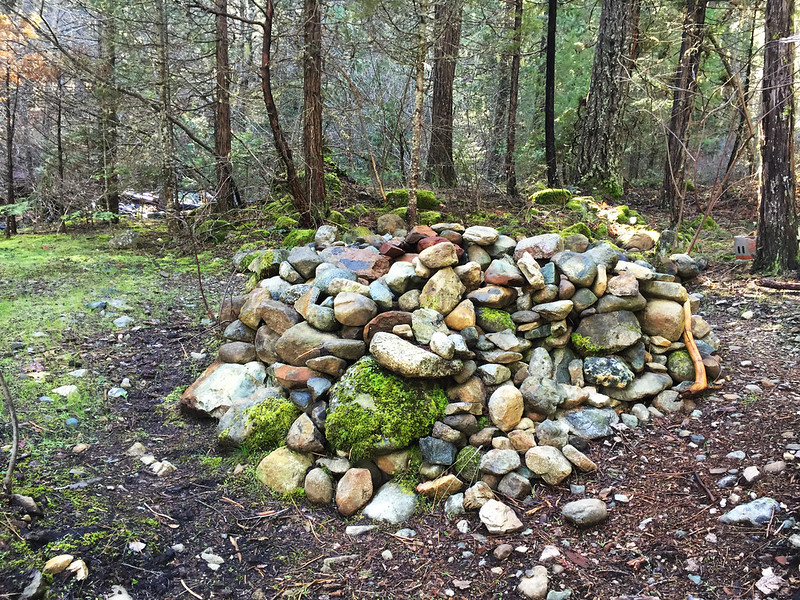
Fairy mounds, or “sidhe,” are ancient burial sites believed to be the dwelling places of the Sidhe, or fairy folk, in Celtic mythology. These mounds are considered portals to the Otherworld, where the fairies live. The belief in fairy mounds highlights the Celtic view of the natural landscape as imbued with spiritual significance. Respect for these sites continues to this day, with many avoiding disturbing them for fear of angering the fairies.
The Leprechaun
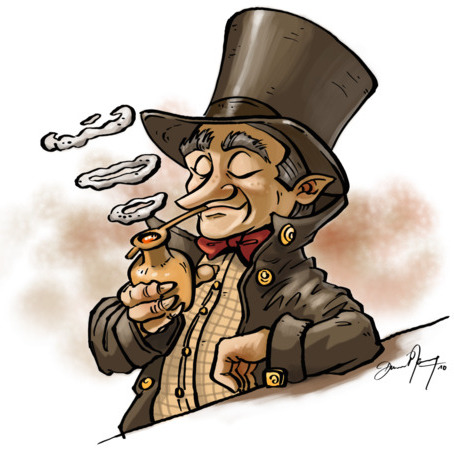
Leprechauns are one of the most famous figures in Irish folklore, often depicted as small, bearded men wearing green coats and hats. Known for their trickery and love of gold, they are believed to hoard treasure at the end of the rainbow. The Leprechaun’s association with wealth and mischief reflects the playful and cunning aspects of the Celtic spirit. While often seen as a humorous figure today, Leprechauns were once regarded with a mix of fear and respect.
The Cauldron of Plenty
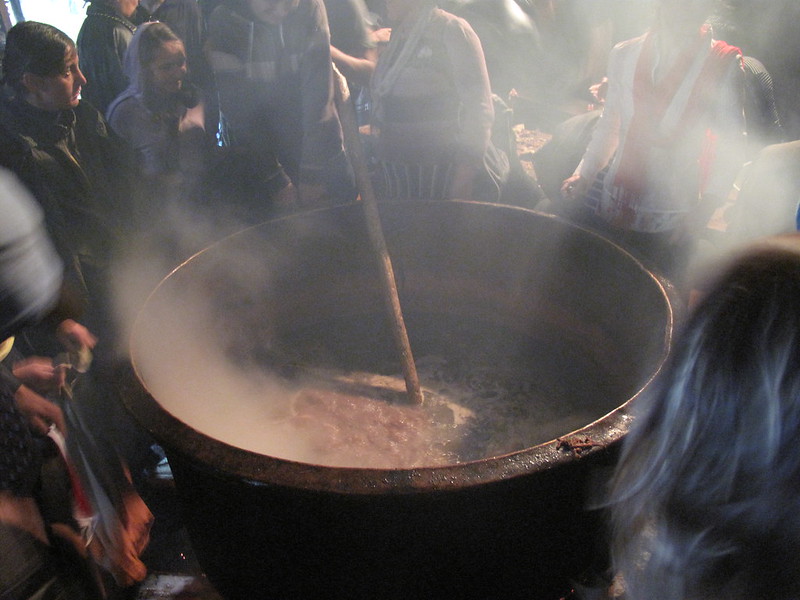
The Cauldron of Plenty, or the Dagda’s Cauldron, is a magical artifact in Celtic mythology that is said to provide an endless supply of food. It is one of the four treasures of the Tuatha Dé Danann and symbolizes abundance and hospitality. The cauldron’s ability to satisfy any hunger reflects the importance of generosity and the sharing of resources in Celtic culture. It also represents the idea of the Otherworld as a place of eternal sustenance and joy.
This article originally appeared on UnifyCosmos.
More from UnifyCosmos
20 Things from the Past That Seniors Miss the Most

Many of these things have faded away with time. They hold a special place in the hearts of the older generation. Let’s explore some rare treasures they wish were still around. Read more!
18 Creative Ways to Incorporate Exercise into a Busy Schedule

Incorporating small bursts of activity throughout the day can add up to a full workout. With a little creativity, staying active becomes much more manageable. Read more!
20 Daily Rituals for Enhancing Your Mental Well-Being

These practices don’t take much time but offer powerful benefits. Incorporating them into your routine can set a positive tone for the entire day. Read more!
Leave a Reply